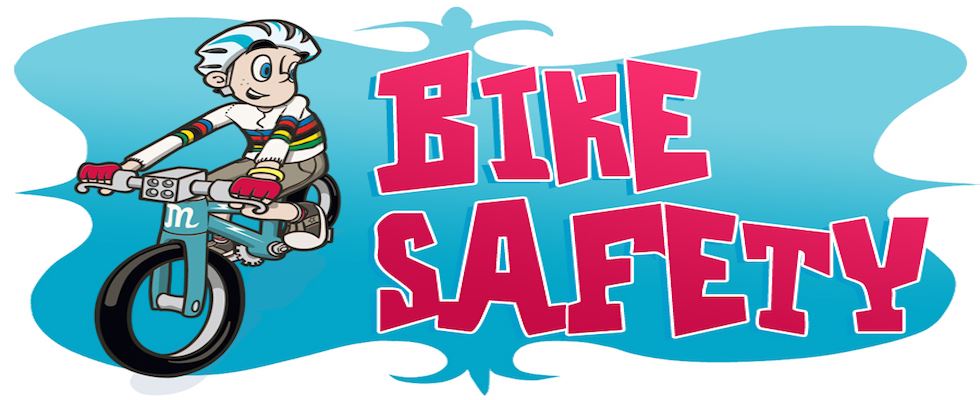My motivation for this month’s safety tip comes from the New Year’s Day bicycling crash experienced by San Jose Mayor Sam Liccardo. You can read more about it here.
In short, Sam was cycling toward an intersection with no stop sign in his direction. An SUV driving on the cross street with a stop sign, came to a stop, then proceeded through the intersection right in front of Sam, presumably not seeing him. Sam smashed into the SUV. Sam was completely in the right, but ended up with fractures to two of his vertebrae and his sternum, major scrapes on his body, bruises on his face and a swollen lip. The SUV had a smashed rear window (from Sam’s head). The SUV driver was issued a citation for failure to yield.
The booklet California Bicycling Street Smarts, which was recently distributed at the Holiday Party has a section addressing this kind of situation.
MAKING EYE CONTACT
How do you test that a driver has seen you? Here's an example. Suppose that you are on a main street, riding toward an intersection. A car is approaching from the right in the cross street, where there's a stop sign. How do you handle this situation?
As you approach the intersection, look into the car window and make eye contact with the driver to ascertain that the driver has seen you. Watch for the car to slow down more than it would if you weren't there.
If you look into the driver's window and the driver isn't looking at you, then be very cautious. ... Slow down, and call out to get the driver's attention [or ring your bell].
I heartily recommend reading Street Smarts as it provides useful information for cyclists at all skill levels. It will make you a safer rider with information such as where on the road to ride (not always on the far right), how to handle standard and non-standard intersections, riding in groups, and other useful topics. The generic (not California specific) version is available online. If you did not receive a physical copy but would like one, please contact Bill Sherwin with your mailing address.



